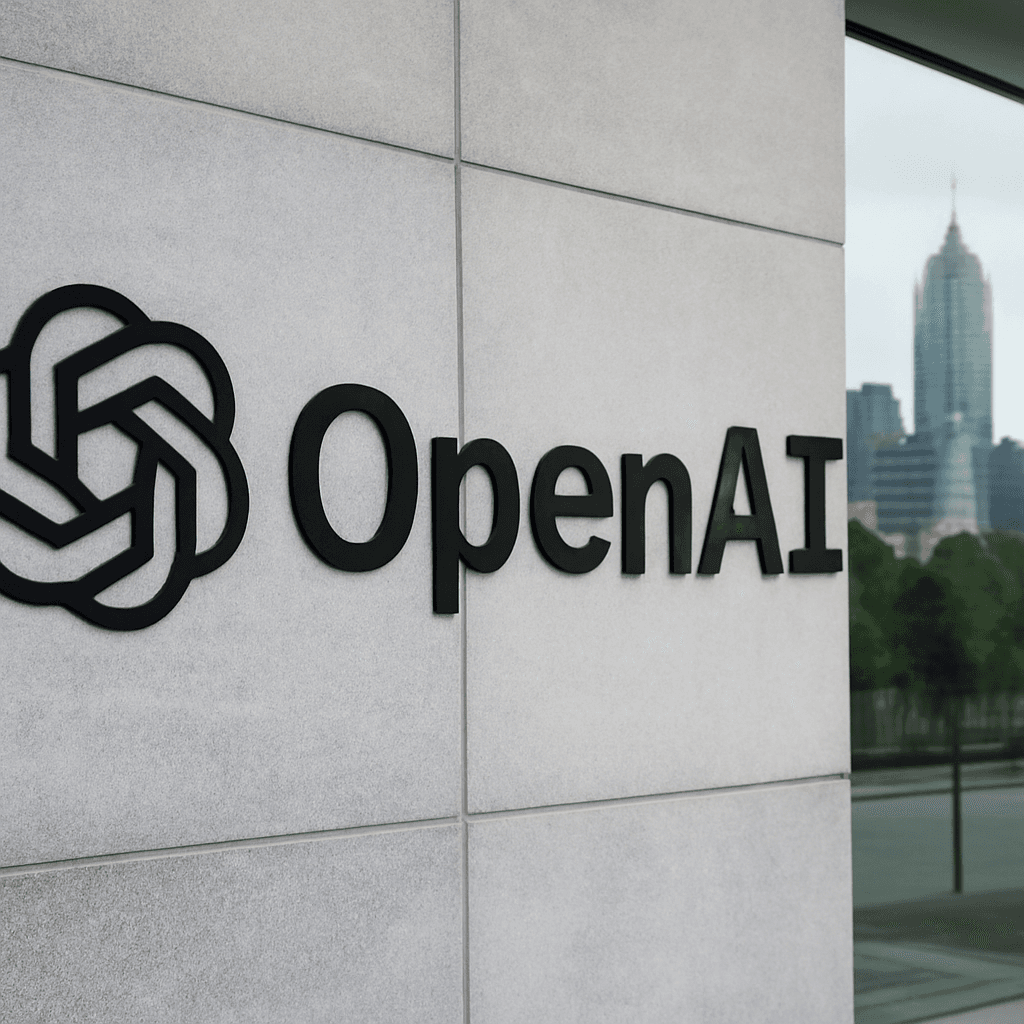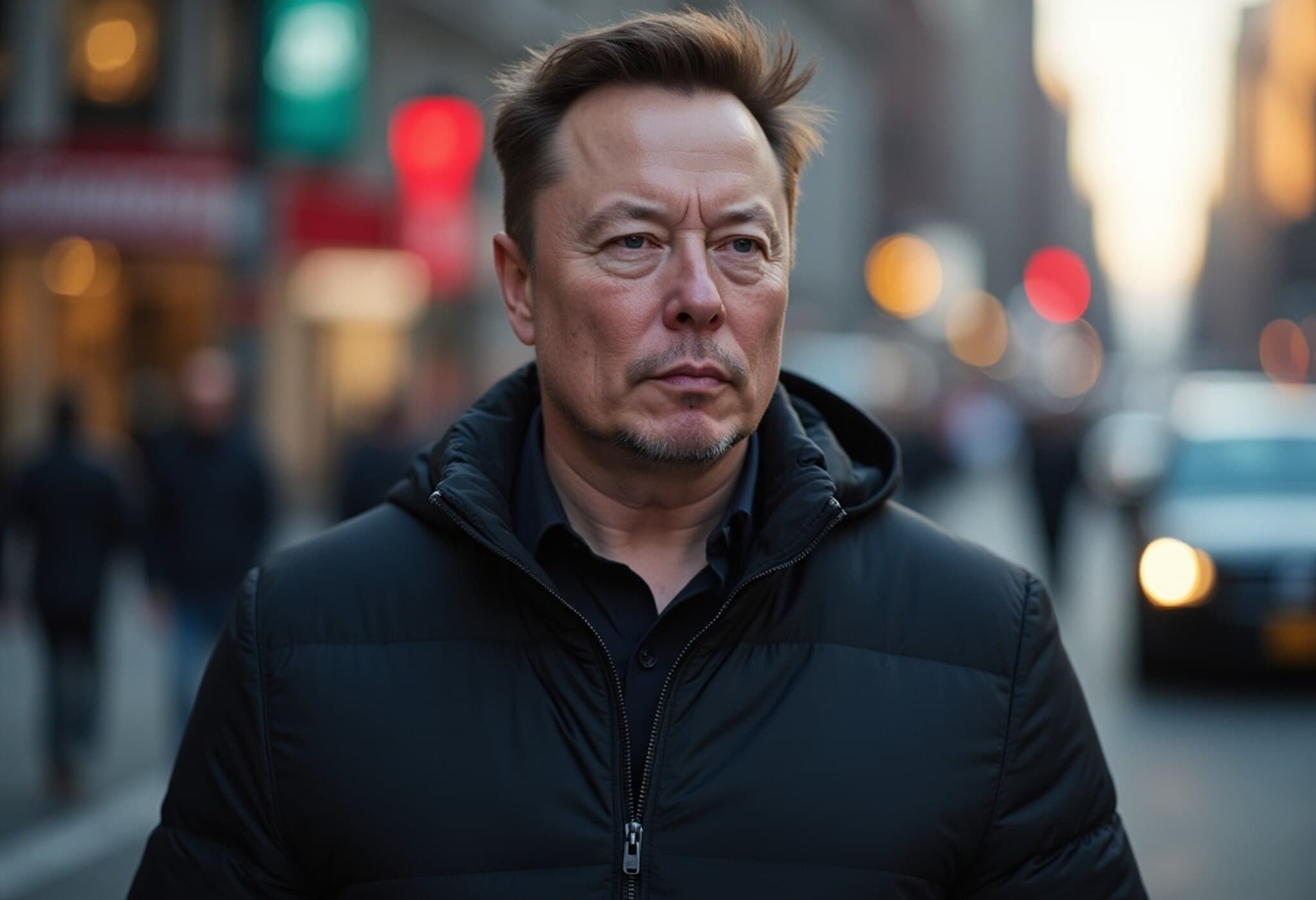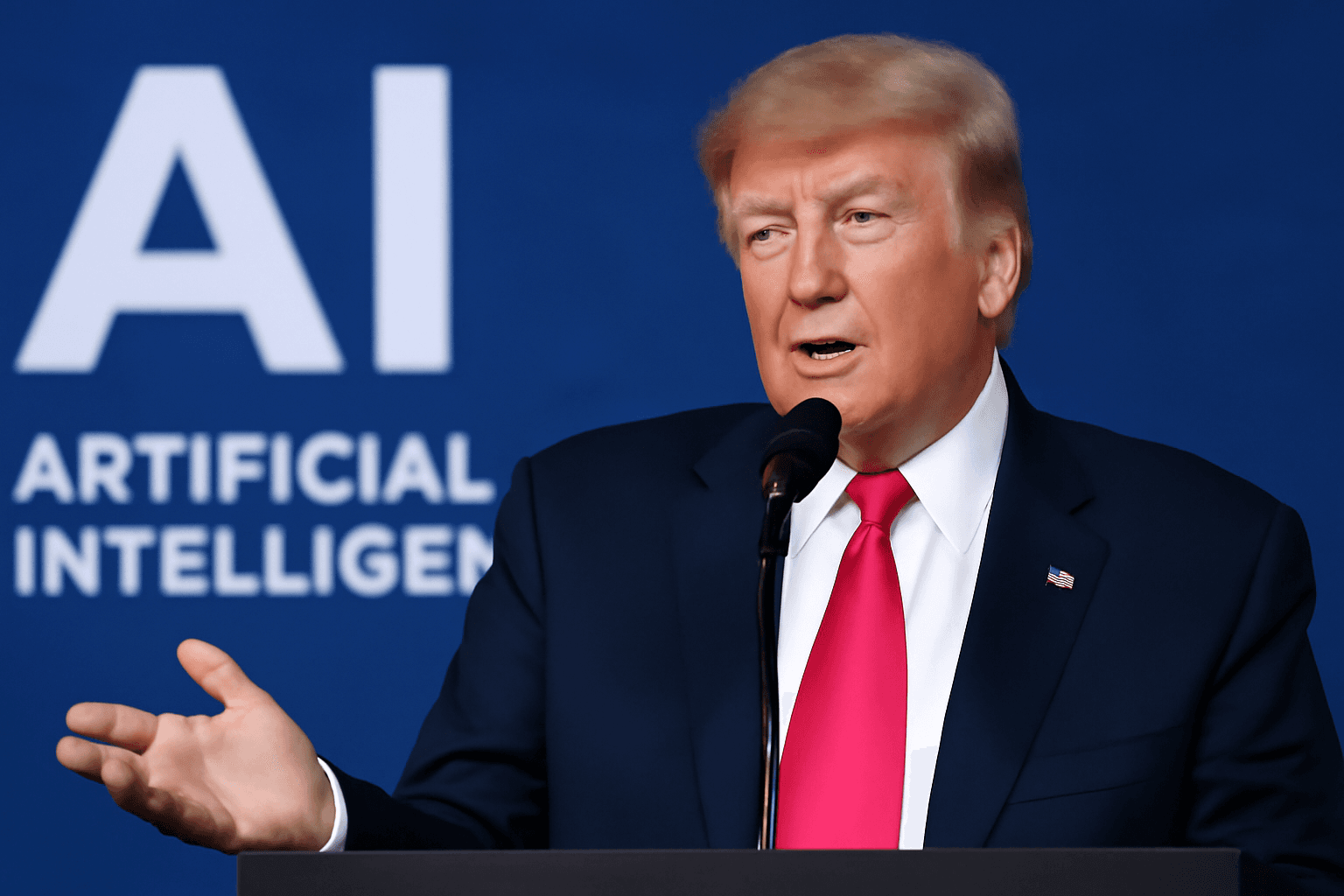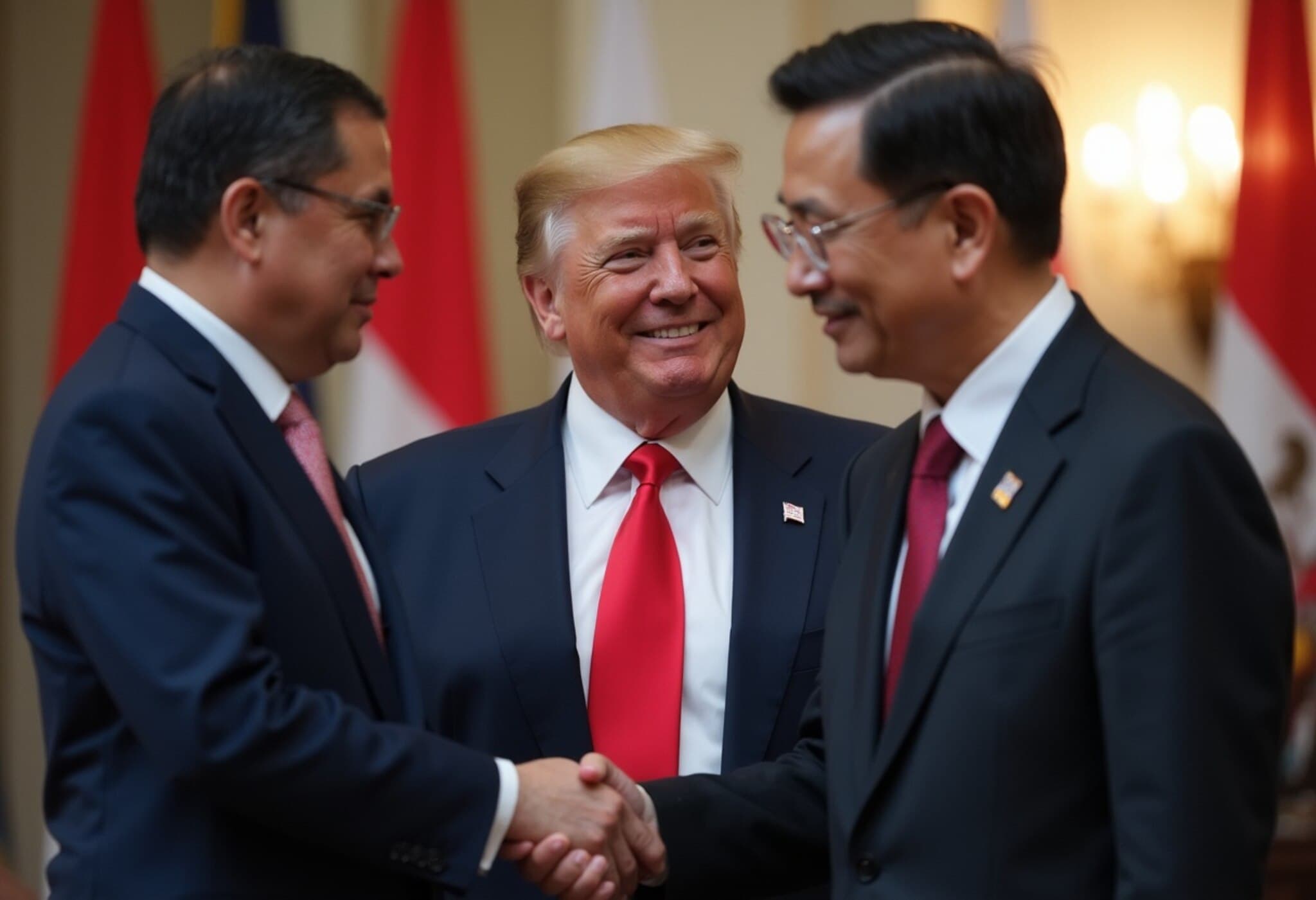AI Startups Garner $104 Billion Funding in H1 2025, but Exit Market Tells a Different Tale
The first half of 2025 has been a whirlwind for artificial intelligence (AI) startups in the United States, with a staggering $104.3 billion raised—nearly matching the total funding for all of 2024. Despite this historic influx of capital, the picture for exits, including initial public offerings (IPOs) and acquisitions, remains far more nuanced, suggesting a divergence between investor enthusiasm and liquidity events.
Record-Breaking Capital Injections Propelled by Industry Giants
OpenAI and Anthropic continue to spearhead the frenzy in AI fundraising. Notably, OpenAI secured an unprecedented $40 billion round led by SoftBank in March, fueling ambitious growth plans. Meanwhile, Anthropic raised $3.5 billion, consolidating its position as a frontrunner in the AI race. Emerging startups tied to AI pioneers, such as Safe Superintelligence—founded by OpenAI’s co-founder Ilya Sutskever—have also attracted major funding, pulling in $2 billion.
This concentration of capital at the top tiers reflects investors’ confidence in foundational AI infrastructure and large language models, sectors seen as critical to AI’s long-term evolution. Conversely, startups building AI applications experience higher transaction volumes but tend to receive smaller individual investments, underscoring a stratified ecosystem of capital allocation.
Disparity Between Investment Volume and Exit Activity
While funding soars, the exit landscape paints a more cautious picture. According to PitchBook, only 281 venture-backed AI exits were recorded in the first half of the year, summing to around $36 billion. Most were bolt-on acquisitions—smaller, strategic purchases by established companies aiming to bolster their AI capabilities ahead of anticipated IPOs or sales.
The rare standout was CoreWeave’s IPO at the close of Q1, which saw its stock surge by 340% in the second quarter, vaulting the company to a valuation exceeding $63 billion. This exceptional event underscores how IPOs among AI infrastructure firms remain scarce yet possess blockbuster potential when they do occur.
Expert Insights: Navigating a Complex AI Investment Climate
Dimitri Zabelin, senior research analyst at PitchBook specializing in AI and cybersecurity, highlights that, "The dominant exit trend right now is frequent but lower-value acquisitions and fewer IPOs with significantly higher value." This pattern reflects a strategic approach by larger enterprises acquiring niche AI startups to fill specific technical gaps, particularly within vertical markets where tailored AI solutions integrate more seamlessly into existing enterprise operations.
Furthermore, Zabelin points to macroeconomic factors influencing this cautious exit pattern: "Current liquidity conditions and market volatility encourage bolt-on deals that can elevate the acquiring company’s valuation in anticipation of future liquidity events." This approach suggests a wait-and-see stance among investors and corporate buyers alike, balancing aggressive investment with prudence amid economic uncertainty.
Broader Market Context: AI Amidst Sector-Wide Cooling
Outside AI, other tech sectors are facing downturns. Fintech funding in the U.S. has plummeted by 42% to $10.5 billion in the first half of 2025, while cloud software and cryptocurrency markets face sharp pullbacks. This contrast accentuates AI’s unique position as one of the few bright spots for venture capital amidst tightening economic conditions.
Looking ahead, Zabelin remains cautiously optimistic: "If interest rates stabilize and economic conditions improve, we could see a surge in IPO activity. The appetite for AI—especially specialized vertical applications—continues to be robust, with investors eager to back companies poised for transformative impact." This sentiment aligns with the broader belief that AI’s integration across industries signals an expanding opportunity despite immediate exit constraints.
Conclusion: The AI Funding Surge vs. Exit Realities
The dichotomy between soaring investment into AI startups and a more tepid exit environment raises crucial questions about the technology’s maturation curve, market readiness, and macroeconomic headwinds shaping the venture landscape. While colossal funding rounds underscore unmatched market enthusiasm and faith in AI’s future, the relatively modest exit values and scarcity of high-profile IPOs suggest that liquidity may lag behind innovation for the time being.
For policymakers and industry observers, understanding this dynamic is essential. Sustained investment needs to be complemented by clear pathways to liquidity and value realization to maintain investor confidence and foster a healthy AI ecosystem that fuels economic growth and technological leadership.
Editor’s Note
- AI venture capital hit a record $104 billion in six months, reflecting unprecedented investor enthusiasm.
- Exits remain concentrated in smaller acquisitions with exceptional IPOs like CoreWeave standing out.
- The broader economic environment and liquidity constraints currently temper exit valuations and activity.
- Watching how vertical AI applications progress could reveal where the next wave of breakout companies emerge.
- Critical questions linger: Will the market sustain this investment momentum amid macroeconomic uncertainty? How soon will significant AI IPOs become more commonplace?
As the AI sector continues its rapid evolution, these insights not only chart current trends but also spotlight the delicate balance between innovation, investment, and profitable market exits—a narrative unfolding at the forefront of technology and finance.



















